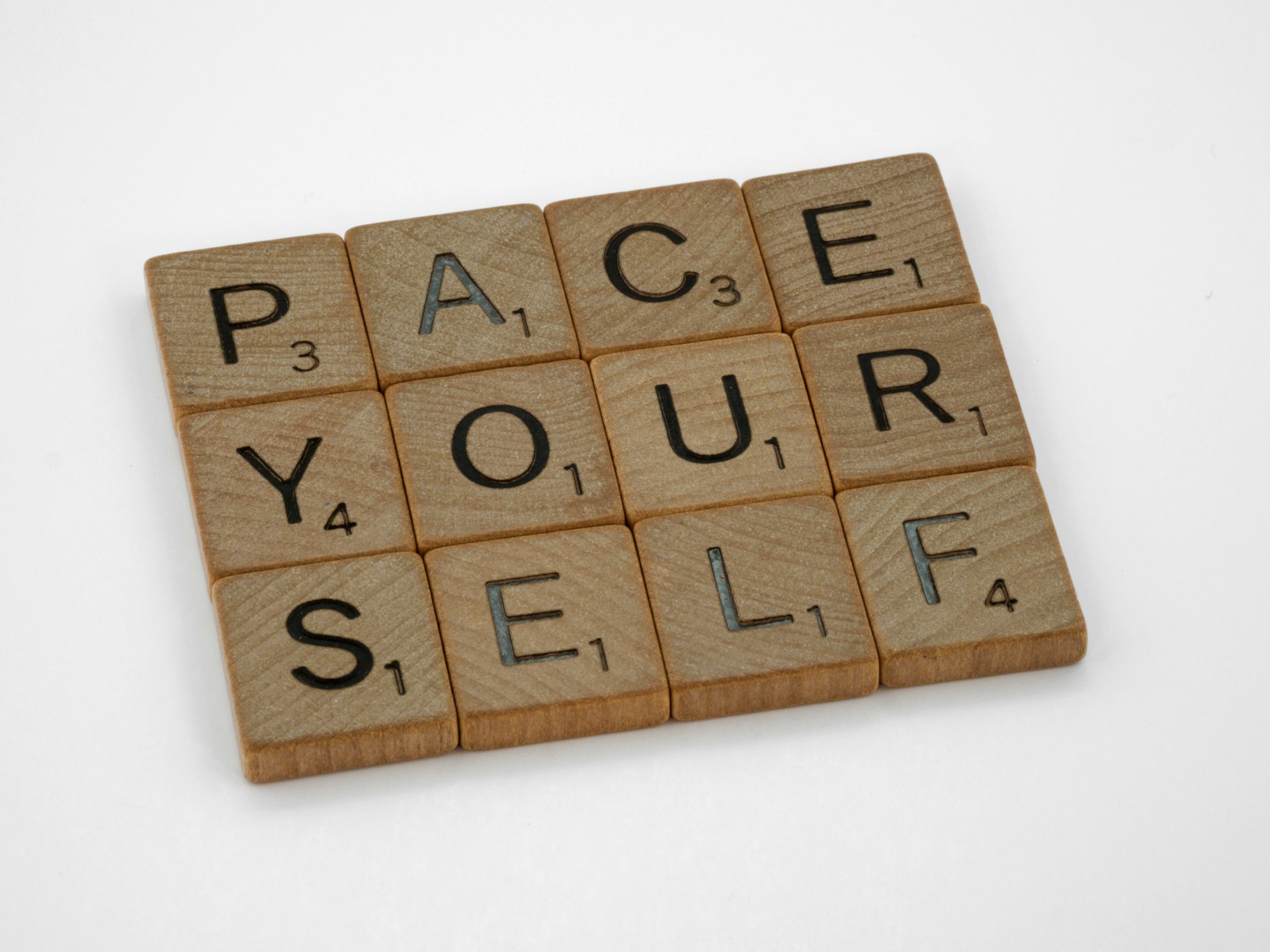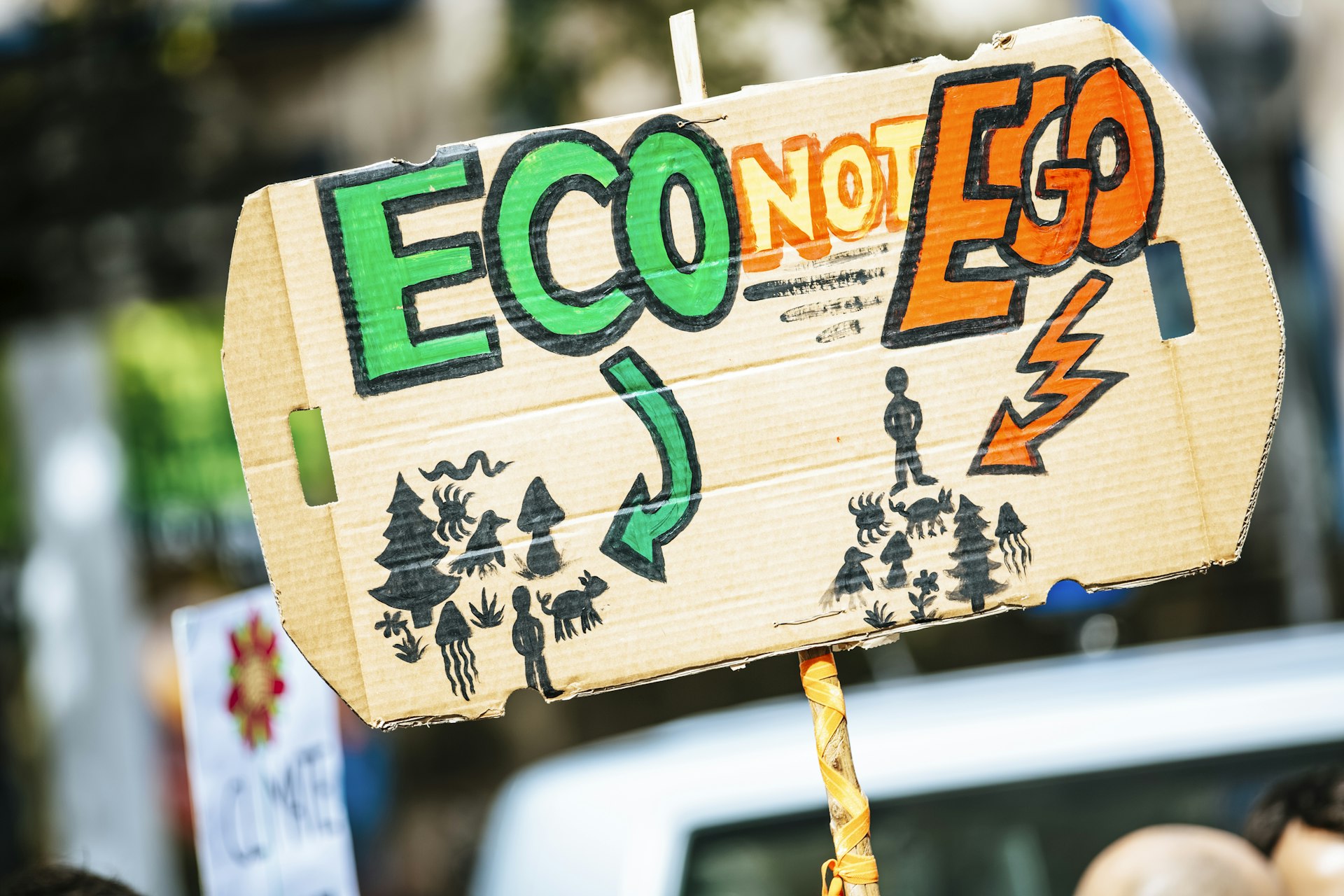Unlocking Value: Business Opportunities in the Circular Economy (2025 & Beyond)

Photo by Miguel Caria on Unsplash
Introduction: The Business Case for Circular Economy
Businesses are increasingly recognizing the circular economy as a major driver of innovation, resilience, and sustainable value creation. Moving beyond the traditional take-make-waste model, circular business models focus on keeping resources in use for as long as possible, extracting the maximum value, and then recovering and regenerating materials at the end of their service life. This approach not only addresses urgent environmental concerns such as resource scarcity and waste management but also unlocks new market opportunities, cost savings, and revenue streams for companies willing to adapt [1] .
Emerging Trends: Where the Opportunities Lie
In 2025, the momentum behind the circular economy continues to accelerate, with significant opportunities emerging across multiple sectors:
- Supply Chain Redesign : Businesses are rethinking product design and procurement, integrating recycled and bio-based materials to minimize virgin resource extraction. Modular product designs facilitate easier repair, refurbishment, and recycling, driving both cost efficiency and customer loyalty.
- Smart Waste Management : Advanced AI-powered systems now enable real-time waste tracking, optimizing recycling and recovery processes. This data-driven approach helps companies reduce material losses and transform waste into valuable resources [2] .
- Construction & Materials : The construction industry is rapidly shifting towards circularity, with recycled concrete alone projected to generate $122 billion in value. Companies are leveraging closed-loop systems and sustainable building materials to cut costs and environmental impact [1] .
- Bioplastics & Sustainable Packaging : Demand for compostable and bio-based packaging is soaring, driven by consumer preferences and regulatory pressures. Digital product passports and blockchain tracking ensure material transparency and circularity [2] .
- Product-as-a-Service (PaaS) : Companies are shifting from selling products to offering services-such as leasing, rental, or subscription models-maximizing the utilization of assets and creating recurring revenue streams [3] .
Actionable Steps: How Businesses Can Capture Circular Opportunities
1. Audit and Optimize Waste Streams
Begin by conducting a comprehensive audit of your current waste streams to identify where value is lost. Use this data to develop strategies for waste reduction, material reuse, and recycling. For example, many waste management companies recover valuable metals, glass, and plastics, while landfill operators can capture methane emissions to produce renewable natural gas [3] .

Photo by Firosnv. Photography on Unsplash
Implementation Guidance: Start with a simple tracking system to monitor waste generation and recovery. Engage with local recycling partners or explore third-party platforms that facilitate industrial symbiosis-turning your waste into another company’s input material.
2. Redesign Products for Circularity
Adopt modular product designs that enable easy repair, refurbishment, and component reuse. Consider using recycled or bio-based materials in manufacturing, and offer customers options for returning products at end-of-life. For example, electronic companies are piloting take-back and refurbishment programs, while construction firms are incorporating recycled content into new projects [1] .
Step-by-Step: Map the product lifecycle, identify common failure points, and design for disassembly. Test new materials for performance and sustainability. Collaborate with supply chain partners to ensure circular flows are feasible at scale.
3. Launch Circular Business Models
Explore alternatives to outright sales, such as subscription or rental models. This approach increases asset utilization and builds long-term customer relationships. Companies in the fashion, electronics, and mobility sectors are already seeing success with rental and sharing models, which reduce material demand and environmental impact [3] .
How to Start: Identify products with high maintenance or upgrade cycles. Pilot a small-scale subscription or PaaS offer to your most engaged customers. Collect feedback and refine the model before scaling.
4. Implement Smart Circular Metrics
To measure progress, businesses need clear metrics. Track inputs (recycled or bio-based content), outputs (waste diverted from landfill), revenues from circular products, and reductions in operational waste. Visual dashboards and regular reporting can align teams and stakeholders around circularity goals [5] .
Tips: Choose 1-3 key metrics per category, set up automated tracking where possible, and share progress in company updates. This transparency builds trust and helps identify new opportunities for improvement.
Real-World Examples and Case Studies
Construction Sector: Companies are using AI-driven systems to sort and process demolition waste, recovering concrete, steel, and glass for new building projects. In Portland, OR, COR Disposal & Recycling partnered with innovation organizations to identify high-impact ways to develop circularity around local waste streams [1] .
Consumer Goods: Beverage companies are leveraging aluminum packaging, which is currently recycled at rates near 70% globally. This approach both appeals to eco-conscious consumers and strengthens the circular supply chain for materials [3] .
Tech Startups: Across the US, UK, France, and Germany, over 2,000 startups are pioneering solutions in AI-based waste tracking, product passports, and decentralized repair networks. These innovations are building scalable infrastructure for a more circular future [2] .
Challenges and Solutions
While the business case is strong, companies may face several challenges in transitioning to circular models:
- System Complexity : Integrating circular practices across supply chains can be complex. It is often necessary to collaborate with multiple stakeholders, including suppliers, logistics partners, and customers, to create closed-loop systems.
- Regulatory and Market Barriers : Regulatory frameworks around waste and recycling vary by region and can be slow to adapt. Businesses should stay informed of local regulations and consider joining industry associations or working groups to advocate for circularity-friendly policies [4] .
- Upfront Costs : Initial investments in new technologies, materials, or business processes may be significant. However, these costs can often be offset by long-term savings, increased resilience, and new revenue streams.
Solution Pathways: Start with pilot programs and phased adoption. Secure internal buy-in by demonstrating early wins and measurable impact. Leverage partnerships with innovation accelerators, industry networks, and government agencies for technical support and funding opportunities.
Alternative Approaches and Next Steps
Not all businesses will approach the circular economy the same way. Some may focus on incremental improvements-such as optimizing packaging or launching a repair program-while others may pursue full-scale business model transformation. Both paths provide value, and the key is to start where impact and feasibility are highest [5] .
To explore circular economy opportunities tailored to your industry:
- Conduct market research on circular trends in your sector
- Reach out to local innovation hubs, chambers of commerce, or industry associations
- Engage sustainability consultants or circular economy experts with a proven track record
- Attend relevant conferences, workshops, or webinars to learn from peers and leaders
- For regulatory guidance, consult the official website of your local environmental agency or the U.S. Environmental Protection Agency (EPA) for updates on circular economy initiatives
Conclusion
The circular economy is more than a sustainability trend-it is a robust business strategy with the potential to deliver economic, environmental, and reputational benefits. By embracing circular principles, companies can unlock new value, build resilience, and lead in an increasingly resource-constrained world. Whether you are a startup looking to innovate or an established enterprise seeking to future-proof your operations, the time to act on circular business opportunities is now.
References
- [1] SecondMuse (2025). The Circular Economy in 2025: Redesigning Products, Rewiring Supply Chains, Reimagining Waste.
- [2] StartUs Insights (2025). Top 10 Circular Economy Trends in 2025.
- [3] Calvert (2024). Opportunities in the Circular Economy.
- [4] Boston Consulting Group (2025). Seizing the Growing Circular Opportunity.
- [5] Indeed Innovation (2025). 12 Quick-Win Circular Economy Tactics for Business in 2025.
MORE FROM mumsearch.com













